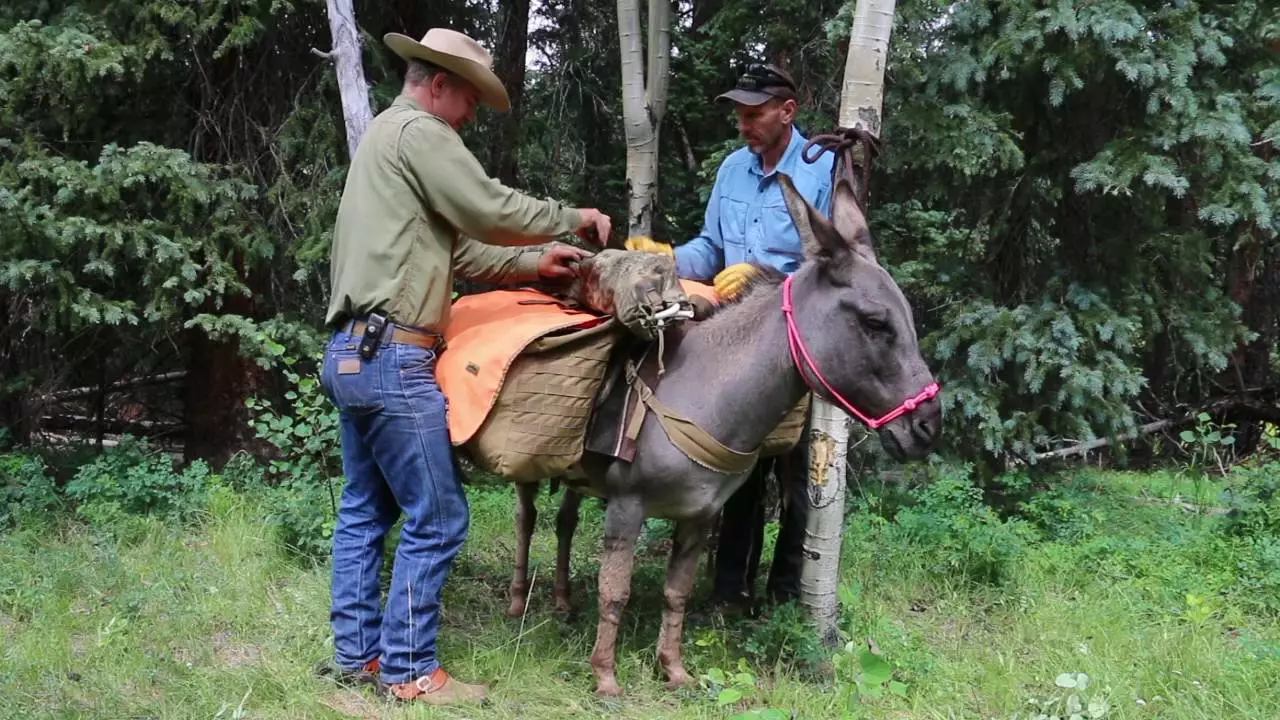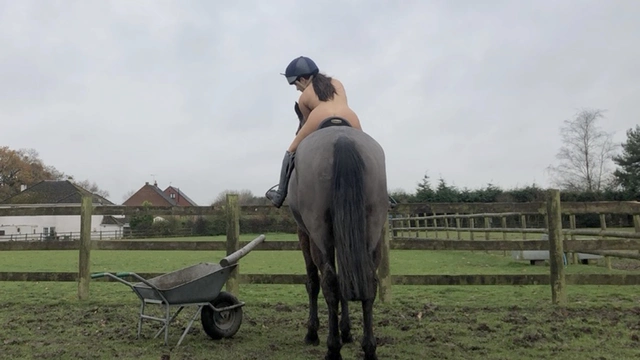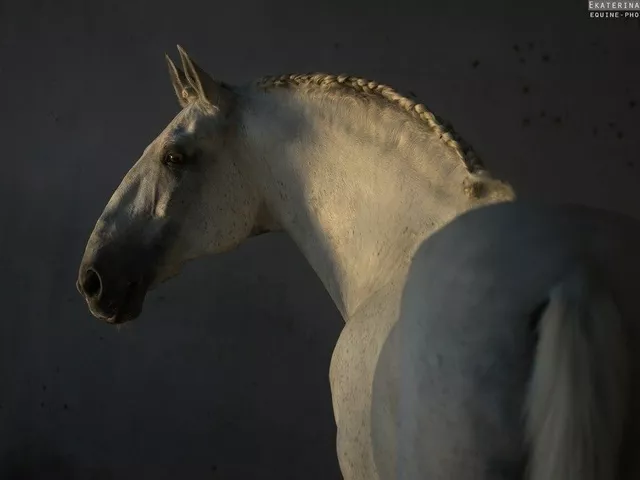Start with a Steady Mule
Let's get this straight from the start – riding a mule isn't as simple as hopping on a bike. Mules, like any other animal, have their own quirks and idiosyncrasies. Murphy, my golden retriever, and Pearl, my Siamese cat, are no different. Anyway, the aim here is equipping you with essential info on to how to ride a mule.
Before you even consider putting a foot in the stirrup, you first need to find a balanced and calm mule. You wouldn't hand your inexperienced kid the keys to a powerful sports car, right? It's the same with mules – if you give a newcomer a feisty, strong-headed mule, you're only asking for a disastrous outcome. I can't stress enough the importance of starting with a mule that fits your skill level. Plus, no two mules are the same. Did you know that a mule is a cross between a male donkey and a female horse? Interesting, isn't it? It's part of what makes them such sturdy creatures!
Building a Bond
Next up on this mule riding journey, we need to develop a bond with our new four-legged friend. It's virtually the same thing as befriending a new pet or acquaintance, you know, without all the chit-chat and coffee dates. As with Murphy and Pearl, I quickly learned that building trust takes time. Mules are intelligent animals and they can be suspicious of humans, especially of new ones in their territory.
This trust-building process will involve spending lots of time grooming, feeding, and generally hanging out with your mule. Believe me, I'm not joking! Many people claim that their mules are quite perceptive and can sense when their owners are coming from quite a distance. It's akin to Pearl, my Siamese, who is always the first one at the door whenever I come home. Remember, trust is along the same lines as respect - earn it by being gentle and patient.
Preparing for the Ride
Once we’ve established a bond with our mule, the next step is preparing for the ride. This will involve quite a bit of gear, folks! While you don't need to go all out with a Western-style saddle and rodeo attire (steer clear of the chaps unless it's your thing), there are some essentials that you'll realistically need: a sturdy saddle, saddle pad, bridle, a comfortable helmet, and a riding crop.
Getting the right saddle is like finding the perfect pair of jeans - it can take some time, but oh, boy, when you find the perfect one, it’s like riding on a cloud (quite literally!). Same goes for the helmet, nobody wishes for an accident, but it's better to be safe than sorry. Take it from me, a father of two boys, Carson and Braden, who think they're invincible on occasion. Don't be like them, folks. Safety first!
The Correct Mounting Strategy
Now that we're kitted up and ready to go, it's time to mount up. You'd think it's easy as pie, eh? Just throw your leg over and Bob's your uncle? Oh no, my friends, it's a tad more technical than that. I'd ago as far as to say it's a bit of a fine art. Much like my son Braden, the tiniest of details matter when it comes to the things we love.
The most effective way to mount a mule is to stand on its left side (the mule's left, not yours!). This is a tradition that dates back to ancient warriors who carried their swords on their left side. Now, who said you wouldn't learn some fun historical facts here? Me, Ethan, your mule riding instructor for the day, does not disappoint!
Mastering the Guide
Now for the part almost like treading on eggs, mastering the guide. It's not just about steering the mule to the left and right. It involves understanding the mule's tempo, movement and paying continuous attention. It's not too different from the time on the Christmas road, heavy ice, and my old clunker of a car. Although, instead of skidding tires and cars honking behind, it's the harmony of you and your mule gliding across the terrain.
All the essentials of directing a mule come down to the connection between mule and rider. The reins are just one of the contact points and not a tool to yank or pull them around. Treat it like a subtle form of communication, think code language but with a mule!
The Dish on Disembarking
Woah! Slow down, cowboy. Don't rush off just yet. If you thought getting on the mule was the only tricky part, wait till you have to get off. Disembarking requires the same amount of acumen and caution as getting on. Moreover, it’s the final phase of the adventure, and trust me, those fuzzy mule ears pick on hasty and disrespectful departures.
Slowly swing your right leg over the mule's back and plant it on the ground while still keeping a firm grip on the reins. Only when you have both feet solid on the earth can you let go completely. A hasty departure could lead to unintentional yanking, indignant mules, and riders flat on their backsides. And believe me, speaking from experience, it's no fun!
So there we have it - a comprehensive guide to mule riding. I hope it's been as much of a joy reading as it was recounting from my vast experience with mules. Just remember the golden rules of respect, safety and patience, and you'll soon find yourself trotting off into the sunset. Happy Mule Riding!




Write a comment